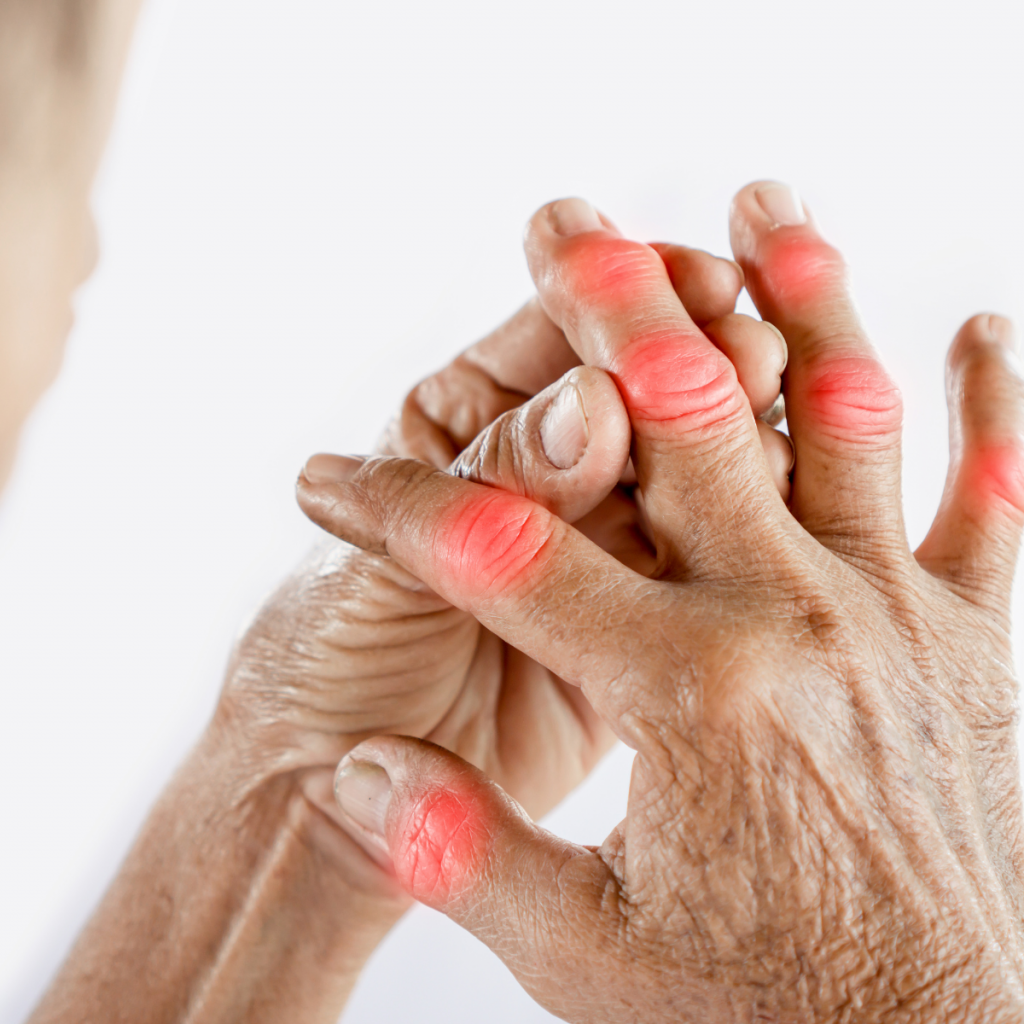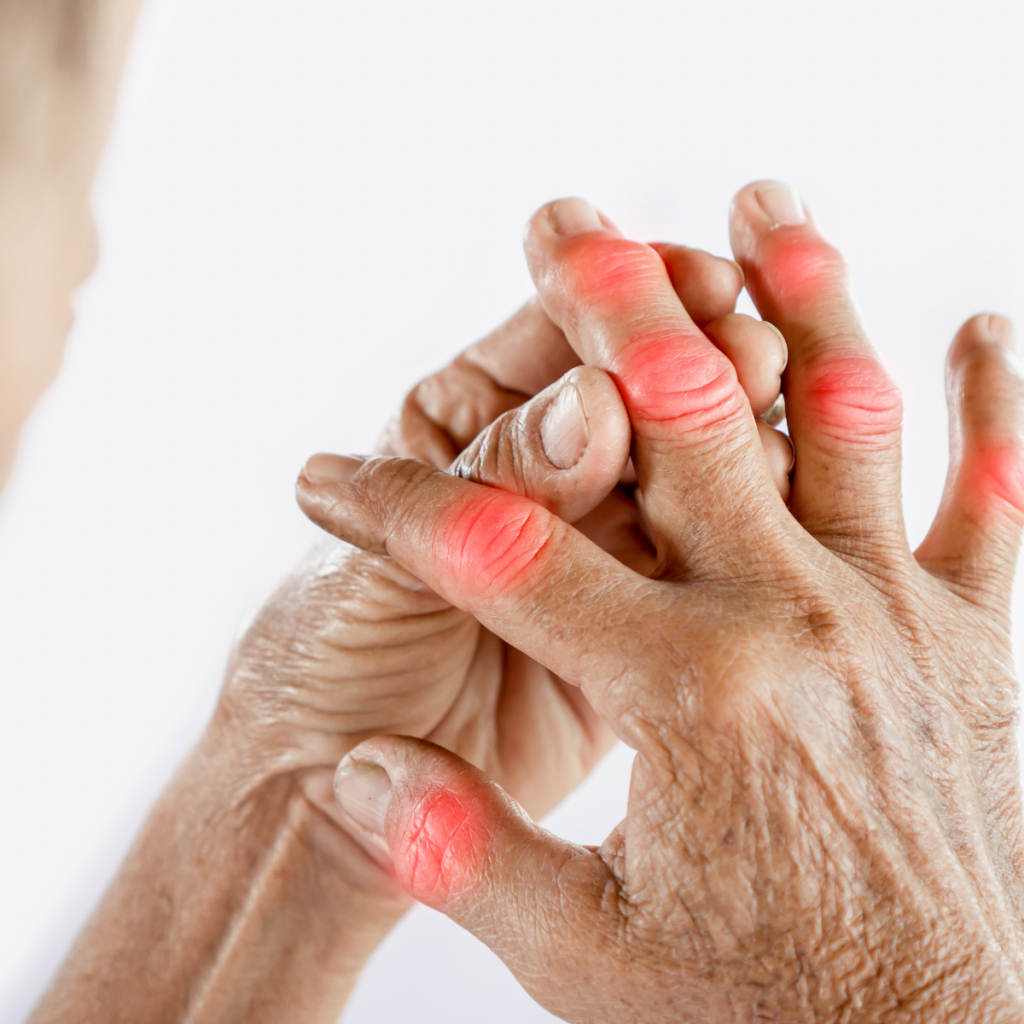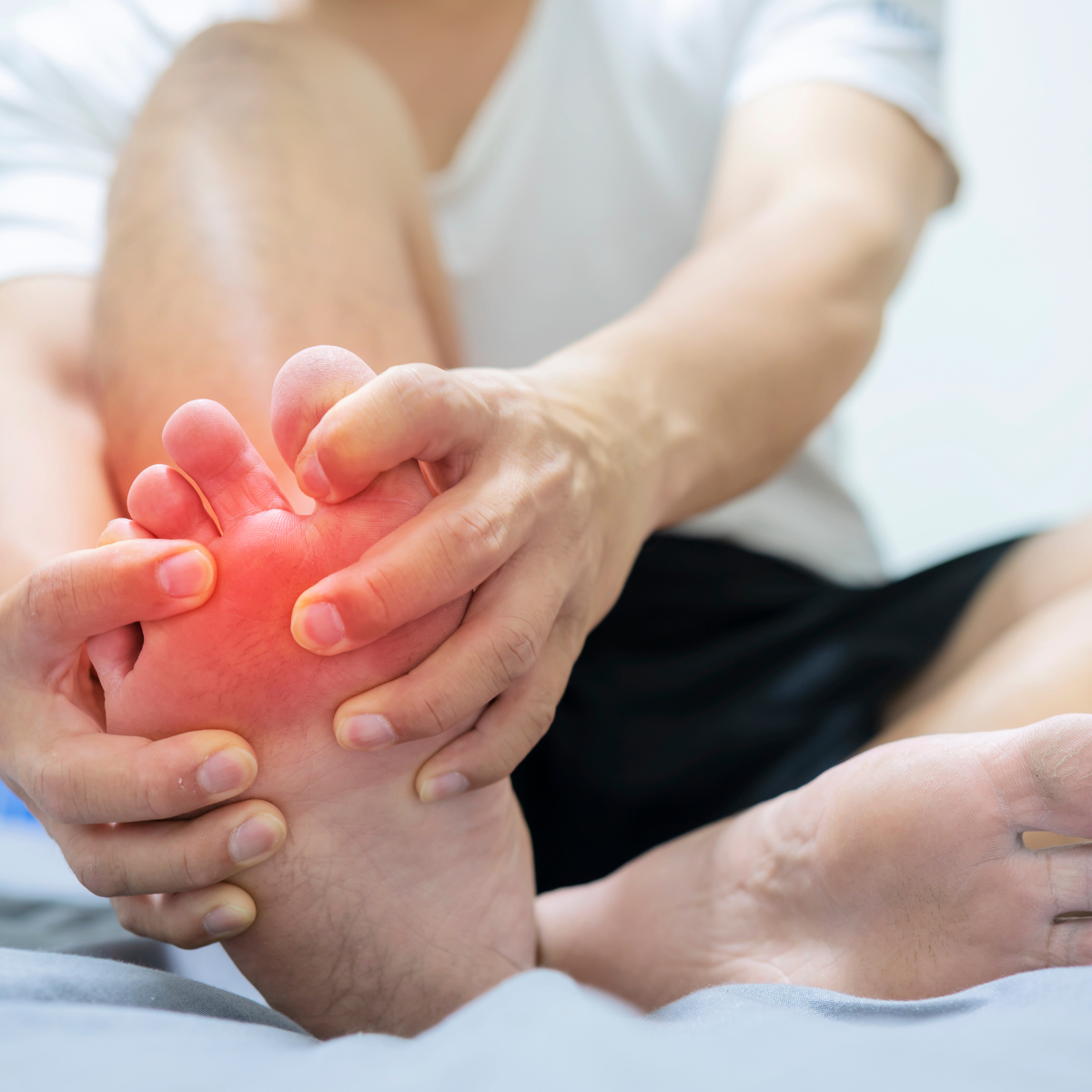Gout is a type of arthritis that causes sudden, severe pain and swelling in the joints, most commonly the big toe. This condition arises from high levels of uric acid in the blood, leading to the formation of crystals in and around the joints. Often described as one of the most painful forms of arthritis, gout can disrupt daily life if not properly managed. Understanding its causes and adopting effective prevention strategies are vital for maintaining a pain-free and active lifestyle.
In this article, we’ll explore what triggers gout, highlight risk factors, and provide actionable tips for prevention to help you take control of your health.
What Causes Gout?
Gout develops when uric acid builds up in the bloodstream and forms needle-like crystals in the joints. Uric acid is a natural waste product that the body creates when it breaks down substances called purines, found in many foods and drinks. While the kidneys usually remove excess uric acid, certain conditions can lead to an accumulation, increasing the likelihood of gout.
Key Factors Contributing to Gout
- Dietary Choices: Consuming foods high in purines, such as red meat, organ meats, and seafood, can elevate uric acid levels. Sugary beverages and alcohol, especially beer, also exacerbate the condition.
- Genetics: A family history of gout significantly increases your chances of developing the condition.
- Health Conditions: Diseases such as kidney dysfunction, obesity, high blood pressure, and diabetes are closely linked to gout.
- Medications: Certain drugs, such as diuretics and aspirin, can hinder uric acid excretion, contributing to its accumulation.
- Dehydration: Inadequate water intake can concentrate uric acid in the blood, increasing the risk of crystal formation.
Symptoms of Gout
The hallmark of gout is sudden and intense joint pain, often described as burning or throbbing. It typically affects the big toe but can also target other joints like the ankles, knees, wrists, and elbows. Common symptoms include:

- Swelling and Redness: The affected joint may appear inflamed and tender to the touch.
- Heat in the Joint: Many individuals report a sensation of warmth around the painful area.
- Limited Mobility: Movement can become challenging due to discomfort and joint stiffness.
These symptoms often flare up at night and may persist for several days or weeks, particularly during advanced stages of the disease.
How to Prevent Gout Flare-Ups
While gout is a chronic condition, lifestyle modifications and targeted strategies can significantly reduce the frequency and severity of flare-ups. Here are some science-backed prevention methods:
1. Maintain a Balanced Diet
Adopt a gout-friendly diet by emphasizing low-purine foods such as fruits, vegetables, whole grains, and low-fat dairy products. Limit your intake of red meat, shellfish, and sugary drinks, which can spike uric acid levels.
2. Stay Hydrated
Drinking plenty of water helps the kidneys flush out excess uric acid, lowering the risk of crystal formation. Aim for at least 8-10 glasses of water daily to keep your system functioning efficiently.
3. Manage Body Weight
Excess weight places additional stress on your joints and increases uric acid production. Incorporating regular physical activity and portion control into your routine can help you maintain a healthy weight, reducing gout risks.
4. Limit Alcohol Consumption
Alcohol, particularly beer and spirits, interferes with uric acid excretion. Reducing your alcohol intake can go a long way in preventing painful episodes.
5. Monitor Medication Use
Consult your doctor about medications that may contribute to gout, such as diuretics or certain types of aspirin. They may recommend alternatives that are less likely to trigger flare-ups.
6. Incorporate Anti-Inflammatory Foods
Foods rich in antioxidants and omega-3 fatty acids, such as cherries, spinach, and fatty fish, can reduce inflammation and combat gout symptoms.
7. Exercise Regularly
Low-impact activities such as walking, swimming, or yoga not only help manage weight but also improve joint mobility, reducing the risk of gout attacks.
Home Remedies for Managing Gout Symptoms
For individuals experiencing a flare-up, the following remedies can help alleviate pain and swelling:

- Cold Compress: Applying an ice pack to the affected area can reduce inflammation and soothe pain.
- Elevate the Joint: Raising the painful joint above heart level helps minimize swelling.
- Rest and Relaxation: Avoid putting weight on the affected joint until symptoms subside.
Medical Treatments for Gout
If lifestyle changes and home remedies aren’t sufficient, medical intervention may be necessary. Common treatments include:
- Nonsteroidal Anti-Inflammatory Drugs (NSAIDs): These can relieve pain and reduce inflammation during acute attacks.
- Corticosteroids: Administered orally or via injection, these medications are effective for severe cases.
- Urate-Lowering Therapy (ULT): Long-term medications like allopurinol or febuxostat reduce uric acid levels in the bloodstream, preventing future flare-ups.
Always consult a healthcare professional for personalized treatment options tailored to your needs.
The Role of Natural Supplements in Gout Prevention
Certain natural remedies can complement medical treatments, offering additional benefits in managing gout. Popular options include:
- Cherries and Cherry Extract: Studies suggest that cherries may lower uric acid levels and reduce the risk of gout attacks.
- Vitamin C: This antioxidant helps the body eliminate uric acid more effectively.
- Turmeric: Containing curcumin, turmeric has anti-inflammatory properties that may help alleviate joint pain.
Lifestyle Tips for Long-Term Gout Management
Living with gout requires consistent effort and attention to your habits. Here are additional tips for managing the condition over the long term:

- Track Uric Acid Levels: Use home testing kits or schedule regular checkups with your doctor.
- Maintain a Journal: Record foods, activities, and symptoms to identify triggers and patterns.
- Educate Yourself: Stay informed about the latest research and treatments to make proactive decisions about your health.
When to See a Doctor
Seek medical attention if you experience frequent gout attacks, prolonged joint pain, or notice lumps forming under the skin (known as tophi). Timely diagnosis and treatment can prevent complications, including joint damage and kidney stones.
Take Charge of Your Health
Understanding gout and adopting preventive strategies can help you lead a pain-free life. By making informed dietary choices, staying active, and consulting healthcare professionals when needed, you can minimize the impact of this condition and enjoy better overall health.
Have you or someone you know struggled with gout? Share your experiences, questions, or tips in the comments below! For more health insights and effective remedies, explore other articles on our website. Let’s work together towards a healthier future!

Leave a Reply